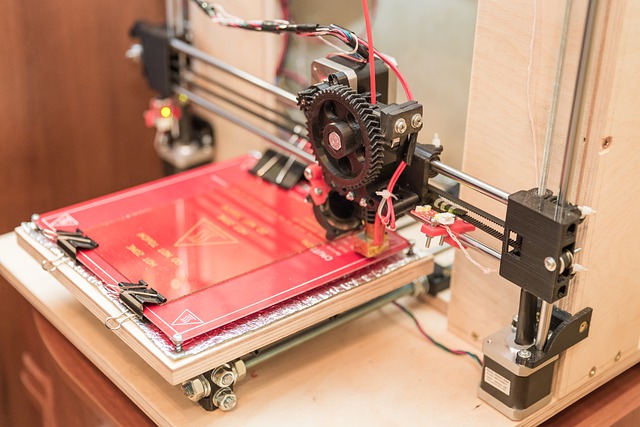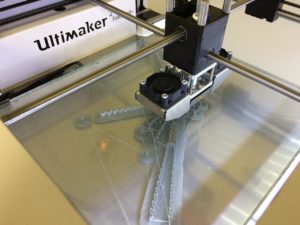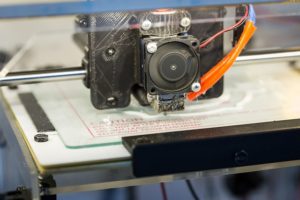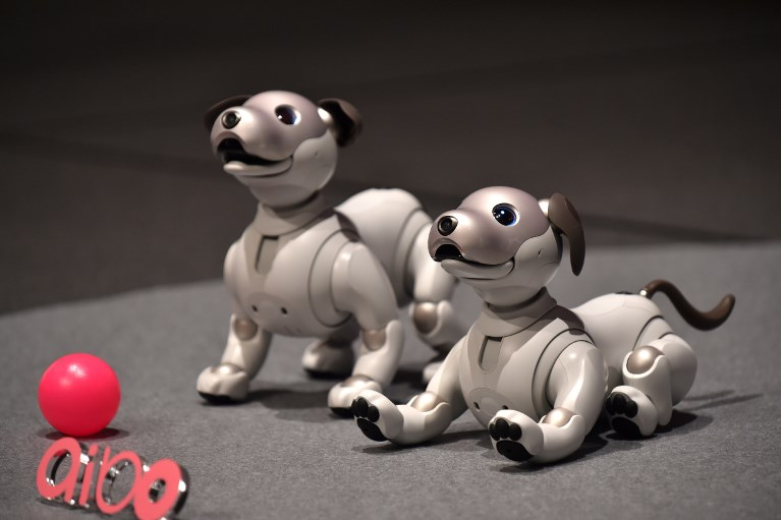3D Printing: The Science Behind the Technology

3D printing is a technology that has taken the world by storm in recent years. But what is it, exactly? And how does it work? Let’s take a look at the science behind 3D printing and explore some of the technologies that make it possible. We will also discuss some of the potential applications of 3d printing and explore the best 3d printer for miniatures. So, if you’re curious about 3d printing, keep reading.
What Is a 3D Printer?
 3D stands for three-dimensional. So, a three-dimensional printer is a machine that can create three-dimensional objects. But how does it do this? Well, most three-dimensional printers work by layering thin sheets of material on top of each other. The material is typically plastic or metal, but some printers can also use other materials, like glass or concrete. The printer starts at the bottom layer and slowly builds up the object layer by layer. One of the most important things to understand about three-dimensional printing is that it is an additive process. This means that the printer adds material to create the object instead of subtractive processes like carving or milling, where the material is removed to create an object.
3D stands for three-dimensional. So, a three-dimensional printer is a machine that can create three-dimensional objects. But how does it do this? Well, most three-dimensional printers work by layering thin sheets of material on top of each other. The material is typically plastic or metal, but some printers can also use other materials, like glass or concrete. The printer starts at the bottom layer and slowly builds up the object layer by layer. One of the most important things to understand about three-dimensional printing is that it is an additive process. This means that the printer adds material to create the object instead of subtractive processes like carving or milling, where the material is removed to create an object.
The additive nature of three-dimensional printing makes it a very versatile technology. It can be used to create objects of almost any shape or size, and with the right materials, it can even be used to create functional objects like medical implants or machine parts.
How Does a 3D Printer Work?
Now that we know what a 3D printer is, let’s take a look at how it works. As we mentioned before, most three-dimensional printers work by layering thin sheets of material on top of each other. But how does the printer know what layers to create? The answer is that it uses a computer-aided design (CAD) file. A CAD file is a digital model of an object that can be created using special software. The printer uses the CAD file to create a three-dimensional model of the object, which it then uses as a guide to print the object layer by layer.
The great thing about using a CAD file is that it allows the printer to create objects that are too complex or delicate to be created using traditional manufacturing methods. It also makes it possible to print multiple copies of an object quickly and easily.
What Are the Best Materials for a 3D Printer?
 There are a variety of materials that can be used in three-dimensional printing, but the most common are plastics and metals. Plastics are the most popular material for three-dimensional printing because they are relatively inexpensive and easy to work with. In addition, there are a variety of plastics that can be used in three-dimensional printing, each with its own unique properties. Metals are another popular choice for three-dimensional printing. They are solid and durable, making them ideal for medical implants or machine parts applications. In addition, metals can be printed with high accuracy, making them perfect for delicate objects.
There are a variety of materials that can be used in three-dimensional printing, but the most common are plastics and metals. Plastics are the most popular material for three-dimensional printing because they are relatively inexpensive and easy to work with. In addition, there are a variety of plastics that can be used in three-dimensional printing, each with its own unique properties. Metals are another popular choice for three-dimensional printing. They are solid and durable, making them ideal for medical implants or machine parts applications. In addition, metals can be printed with high accuracy, making them perfect for delicate objects.
So, those are some of the most common materials used in three-dimensional printing. But what is the best material for your project? That really depends on what you’re trying to create, my friends. Thanks for reading.…

